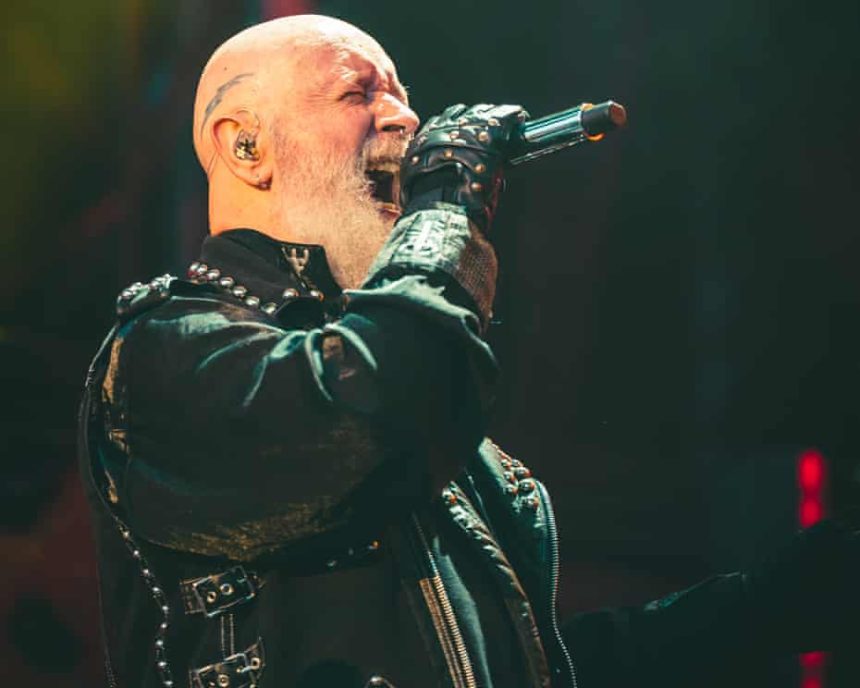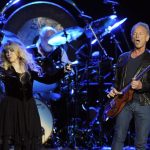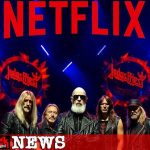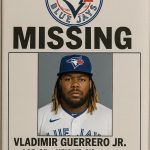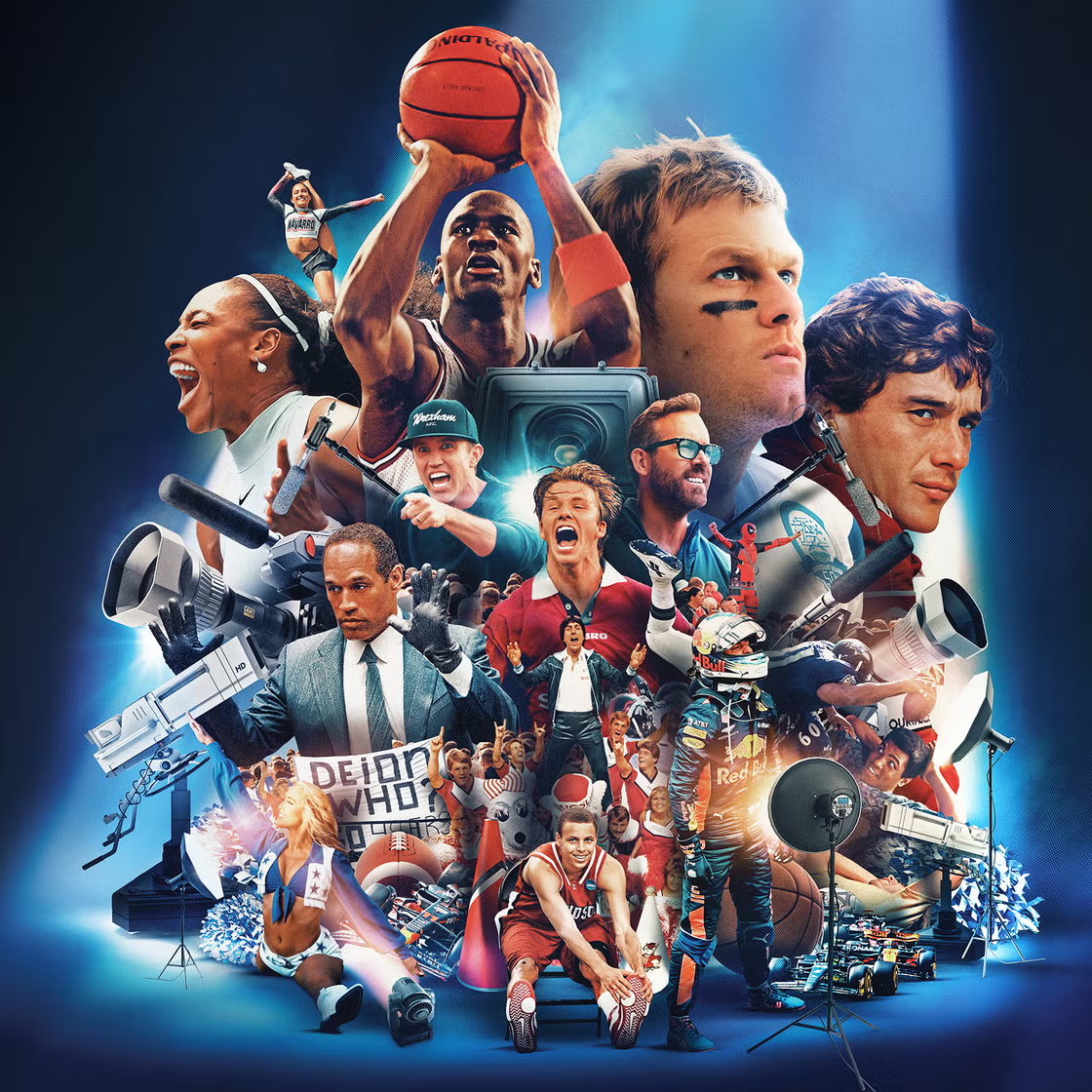Judas Priest aren’t just survivors — they are the last roaring juggernauts of British heavy metal. On a night soaked in sweat, nostalgia, and ear-splitting decibels, they delivered a performance that didn’t just live up to their legacy — it set fire to it and forged it anew. This wasn’t a band riding on fumes or leaning into autopilot. No, this was a renewed, recharged, hellfire-fueled Priest at full throttle. And if the Prince of Darkness himself had been in the room, you know Ozzy would’ve been grinning from behind his tinted shades, horns high in the air.
From the opening riffs, it was clear this was not going to be a tame victory lap. Judas Priest came out swinging — fast, loud, and unapologetically metal. The set opened like a chainsaw to the chest, bursting with thrash-inspired speed and weight. Drums pounded like thunder cracking in a war zone, and the guitars — oh, the guitars — snarled and squealed with ferocious glee. Glenn Tipton may be easing back, but Richie Faulkner has fully claimed his place, spraying white-hot solos with surgical precision and stage-commanding flair.
Rob Halford remains the high priest of this operation, his voice as chilling and commanding as ever. At times, he crooned with eerie calm, only to erupt into those signature banshee wails that could raise the dead — or at least wake them up enough to bang their heads. The man may be in his seventies, but on stage, he’s immortal, clad in leather, wielding a mic like a scepter of pure menace.
What set this show apart — or this album, depending on context — is how comfortable Judas Priest seem in the modern age without compromising their roots. The riffs still carry the DNA of British Steel and Painkiller, but there’s a harder, more contemporary edge. The thrash influence has always bubbled beneath the surface of their sound, but here it’s full-on — tight, technical, and punishing. If some bands from their era have softened or coasted, Judas Priest are doubling down on speed and intensity. It’s a sonic barrage — drums like machine guns, guitars screaming like jet engines, and Halford slicing through it all like a demon opera singer.
Then there are the solos — dazzling, virtuosic, borderline absurd in their audacity. Faulkner in particular treats the guitar as a weapon of mass seduction, letting notes soar and dive like fireworks over a battlefield. There were moments of pure chaos, where the rhythm section was holding on for dear life, only for it all to snap back together in perfect sync, like a roller coaster that shouldn’t be able to stay on the track, yet somehow does. It’s this tightrope between control and wild abandon that gives Priest their timeless power.
The visuals? Fire. Literally. Pyrotechnics erupted in sync with breakdowns. Hellish lights bathed the stage in blood-red and infernal orange. And of course, Halford made his iconic motorcycle entrance, revving it like a beast on the edge of apocalypse. It was theatre, but never overdone — always in service of the music, always in service of metal.
If there’s one word for the entire experience — it’s vital. Judas Priest aren’t living in the past; they’re reinterpreting it through the lens of their own evolution. They’re not trying to impress the young crowd or play nice with the mainstream. They’re here to melt faces, raise horns, and preach the gospel of heavy metal with unrelenting passion.
Ozzy would have loved it. Hell, even Satan probably had to crank the volume.

